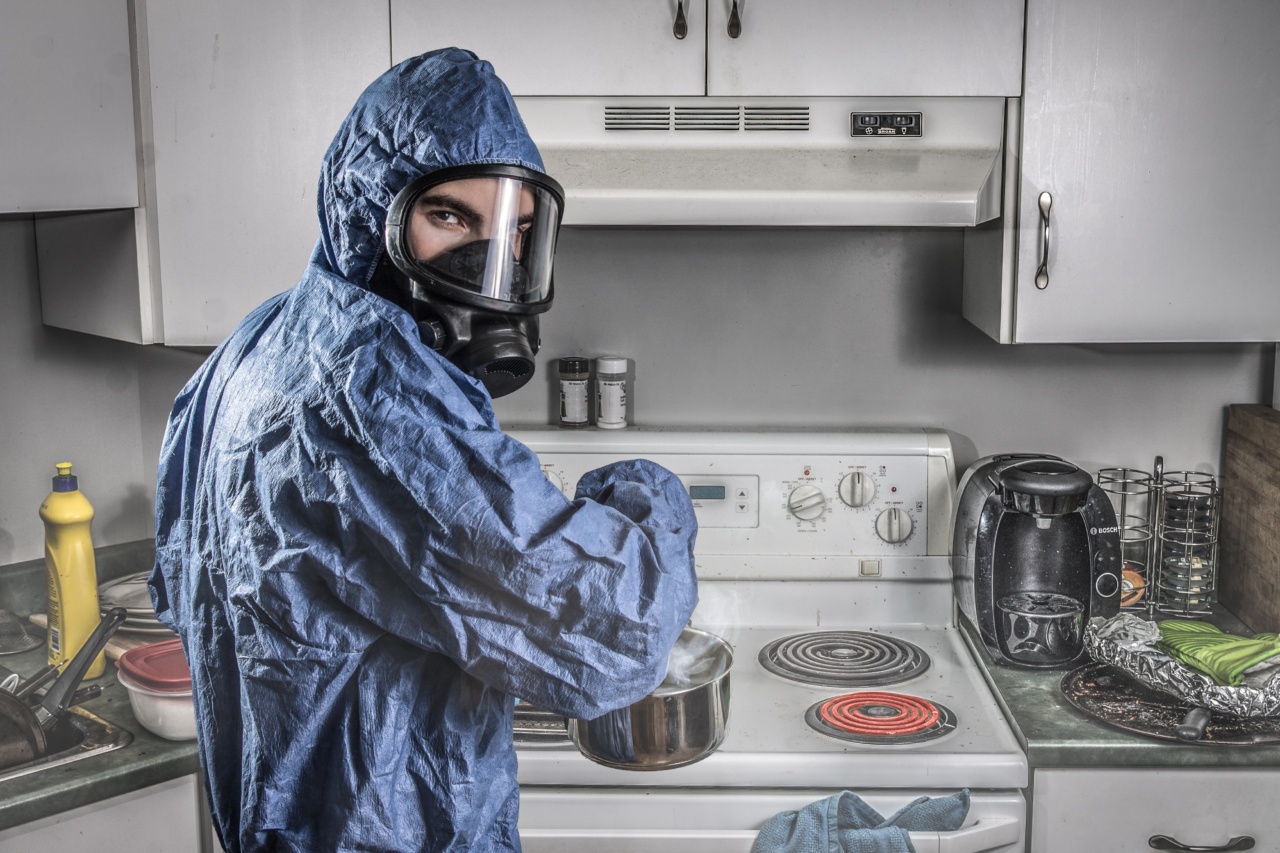Cervical cancer is one of the leading causes of death for women in the world. It is estimated that 500,000 new cases of cervical cancer occur each year, and half of these are fatal.
The good news is that most cases of cervical cancer are caused by the human papillomavirus (HPV), which means that they are largely preventable.
One of the most effective ways to reduce your risk of developing cervical cancer is to have an HPV DNA test.
In this article, we will discuss what HPV is, how it causes cervical cancer, and how you can reduce your risk of developing this deadly disease with an HPV DNA test.
What is HPV?
HPV is a virus that is transmitted through skin-to-skin contact during sexual activity. There are over 100 different strains of HPV, but only a few of these strains are known to cause cancer. These strains are known as high-risk HPV strains.
Most people who are infected with HPV do not experience any symptoms and the infection can go away on its own without causing any problems.
However, in some cases, the infection can persist and lead to the development of various types of cancer, including cervical cancer.
How does HPV cause cervical cancer?
When high-risk HPV strains infect the cells lining the cervix (the narrow passage that connects the vagina to the uterus), they can cause changes to the DNA in these cells.
Over time, these changes can lead to the development of abnormal cells, which can eventually become cancerous if left untreated.
The development of cervical cancer typically takes years, and during this time, there may be no symptoms. This is why screening for cervical cancer is so important, as it can detect early changes to the cells of the cervix before they become cancerous.
How can you reduce your risk of cervical cancer with an HPV DNA test?
An HPV DNA test is a simple and painless test that can detect the presence of high-risk HPV strains in the cells of the cervix.
This test is often performed along with a Pap test, which involves collecting a small sample of cells from the cervix and examining them under a microscope to detect any abnormal changes.
If an HPV DNA test detects the presence of high-risk HPV strains, your doctor may recommend additional testing or monitoring.
In some cases, your doctor may recommend a colposcopy, which involves using a special instrument to examine the cervix and collect small samples of tissue for further testing.
If your HPV DNA test is negative, it means that you are not infected with high-risk HPV strains. However, it is important to note that a negative result does not mean that you are completely immune to HPV or that you will never develop cervical cancer.
Regular cervical cancer screening is still recommended, even if you have had a negative HPV DNA test.
When should you get an HPV DNA test?
The American Cancer Society recommends that women aged 30 and older get an HPV DNA test along with a Pap test every five years.
Women aged 21 to 29 should get a Pap test every three years, but an HPV DNA test is not recommended in this age group unless the Pap test results are abnormal.
If you have a history of abnormal Pap test results or a high-risk HPV infection, your doctor may recommend more frequent cervical cancer screening.
Conclusion
An HPV DNA test is a simple and effective way to reduce your risk of developing cervical cancer.
By detecting the presence of high-risk HPV strains in the cells of your cervix, this test can help you and your doctor take steps to prevent the development of cervical cancer.
Remember, while an HPV DNA test is an important tool in the prevention of cervical cancer, it is not a substitute for regular cervical cancer screening.
Be sure to talk to your doctor about when and how often you should be screened for cervical cancer based on your age and medical history.


























